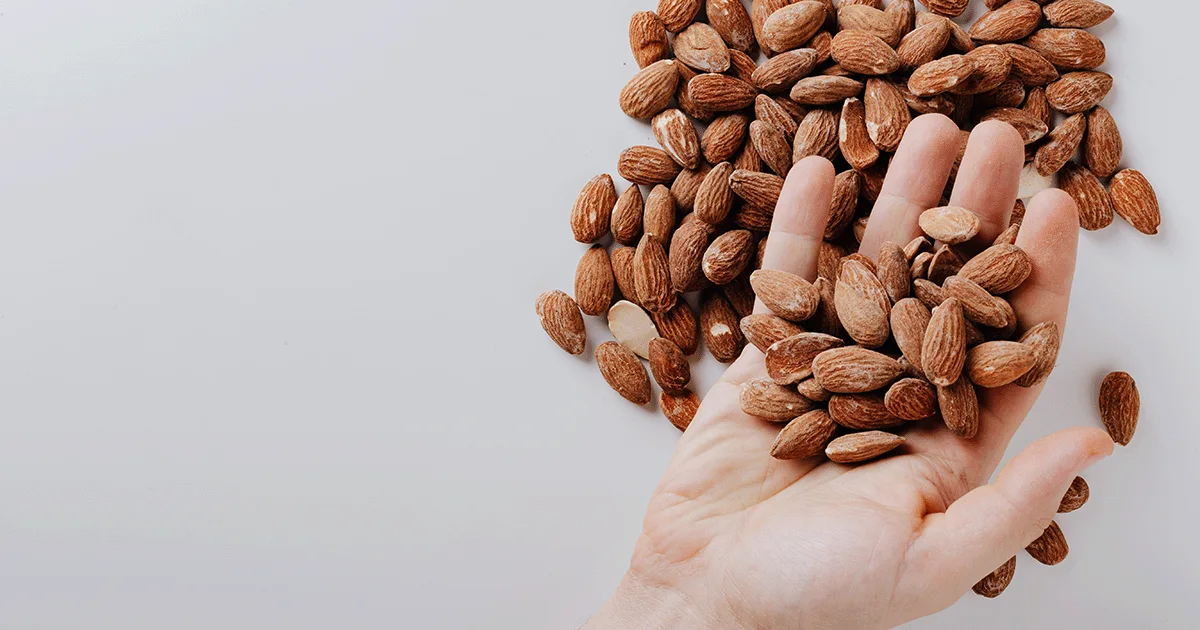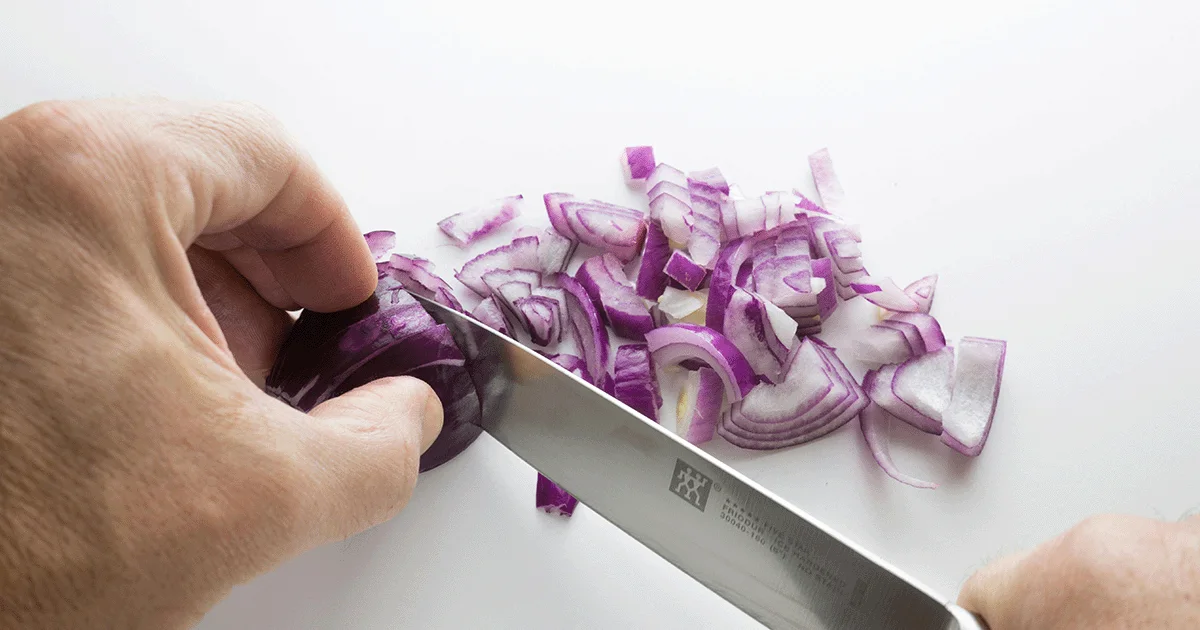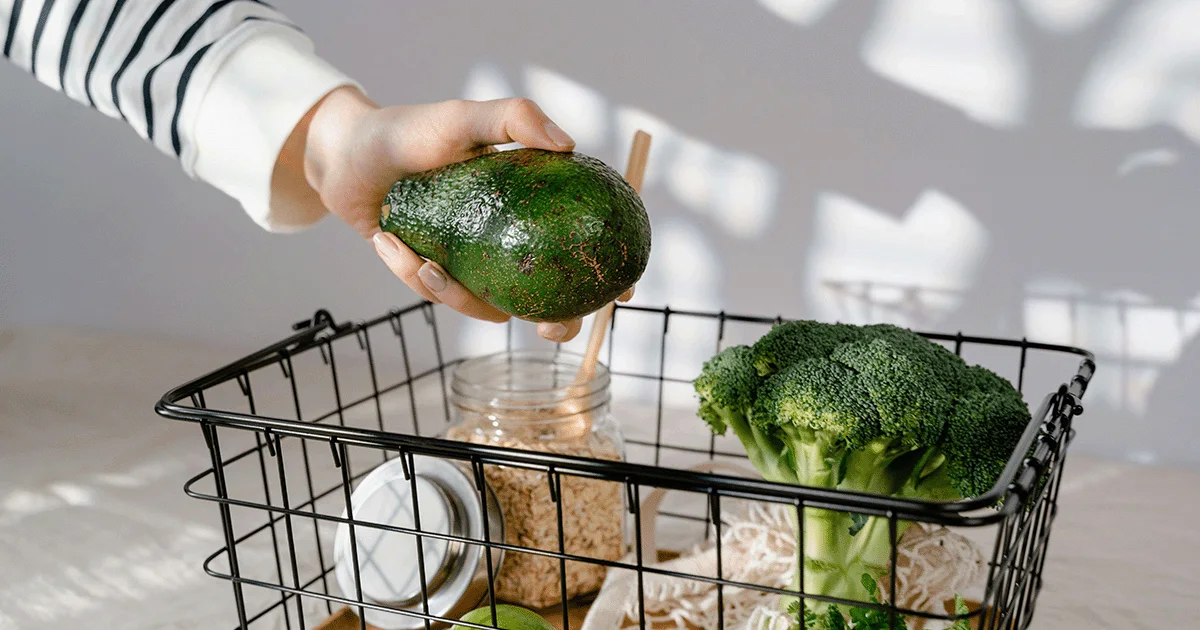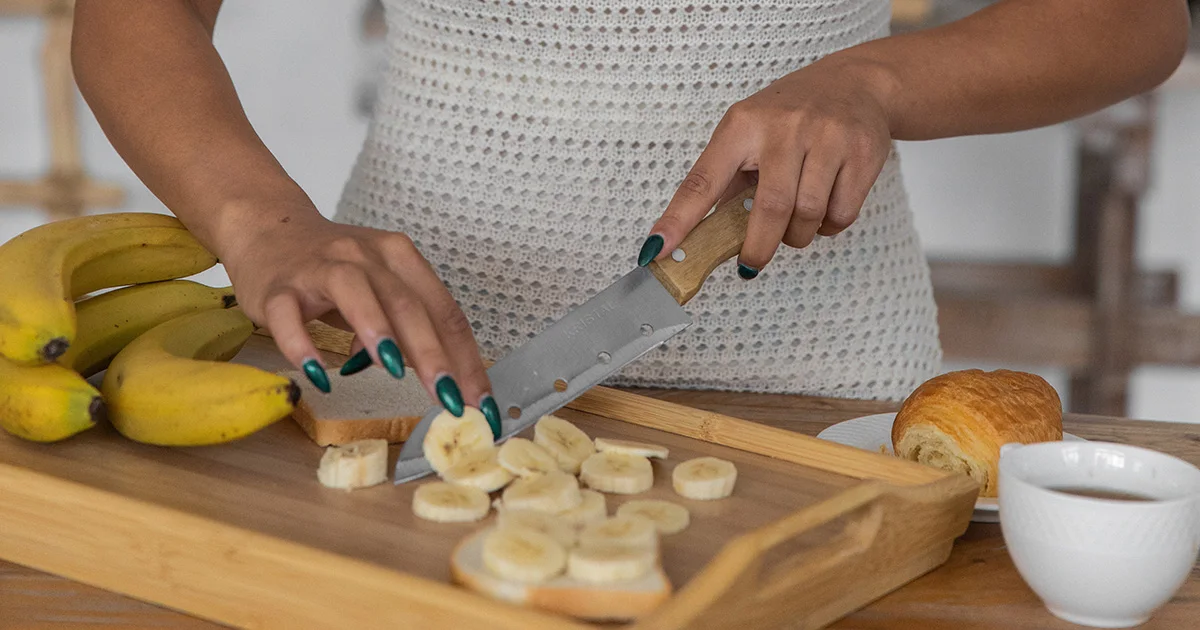Here's what we'll cover
Here's what we'll cover
Any kind of intense suction on your skin can leave a mark. When that suction comes from someone’s mouth, it’s typically called a hickey. For the most part, these harmless marks are nothing more than a mild bruise that will go away with time.
What causes a hickey?
Our skin is loaded with delicate blood vessels that deliver blood containing oxygen and nutrients to the tissues surrounding them, and any intense pressure on these blood vessels can make them pop, resulting in blood leaking out and into the skin. When that blood is close to the surface, it can appear as a dark blue, black, purple, or brown mark, which is really just a bruise; and when the thing that caused the blood vessels to pop was someone’s mouth, it’s called a hickey.And while these marks may be a telltale sign of your sexual adventures, they’re typically harmless. This bruise will remain there until your body breaks down the blood under the skin, and it gets reabsorbed and recycled.
What do hickeys look like?
Your skin color will affect the appearance of your hickey. If you have a light or medium skin tone, expect more red and yellow in your bruising. If your skin is darker, you may have more purple tones to your bruise.
Most hickeys start as a dark red or purple oval. Like other bruises, they will change color over time as they heal and fade.
Hickeys start out red because of the intact red blood cells in the bruise loaded with hemoglobin underneath the skin. After a few days, the red blood cells begin to break down, and shades of blue and purple appear. You may even see some shades of brown as your body breaks down the red blood cells (Jeney, 2013).
After a few days, your body continues to break down the hemoglobin into different compounds that it can clear away. These compounds are called biliverdin and bilirubin. They give bruises the green and yellow colors you see as they heal (Jeney, 2013).
How long do hickeys last?
Your hickey will continue to get lighter and fade away over 10–14 days until your body has cleared away all of the blood cells and your skin returns to normal.
Do hickeys hurt?
If your partner gives you a hickey, the area might be a little sore for the first day or two afterward. You might also experience a tiny bit of swelling.
You shouldn’t have any serious pain or swelling, though. If the discomfort is enough to bother you, you can take over-the-counter nonsteroidal anti-inflammatory medicines (NSAIDs) such as ibuprofen for a couple of days.
You might experience more bruising than usual if you take medications that reduce blood clotting, often called blood thinners. Some common blood thinners that can make you more likely to bruise include (King, 2017):
Aspirin
Plavix (clopidogrel)
Coumadin (warfarin)
Eliquis (apixaban)
Xarelto (rivaroxaban)
Some vitamins and supplements can also worsen bruising, resulting in a more significant hickey forming. These include (King, 2017):
A hickey isn’t a cause for alarm and doesn’t need to be evaluated by a healthcare provider. But if you notice that you develop severe bruises easily, it’s a good idea to mention it during your checkup.
How to give a hickey
The first step in giving someone a hickey is to ask for their permission. Since a hickey can reveal things that not everyone might want to share with the general public, consent and proper placement are important.
If your partner is agreeable to a hickey but doesn’t want it to show, consider a different location on the body. You can give hickeys almost anywhere. The arm, inner thigh, or chest are common alternate locations.
Start by kissing the area where you want to leave a hickey. Gradually build up the intensity until you are gently sucking on the spot. You want to suck hard enough to create a decent seal but not so hard that you cause pain. This will take about 20–30 seconds.
After you’re done, the hickey will typically start to appear right away and may get more intense over the next hour. The bruise will first appear pink or red and then start to darken.
How to get rid of a hickey
Time is the only 100% effective way to get rid of a hickey. The exact amount of time the healing process will take depends on the size of the mark and your skin tone.
Applying a cold compress or ice pack to the site of the hickey for the first 48 hours after you get it can help constrict the blood vessels in the area and keep it from growing larger. After that, use warm compresses to increase blood flow and help your body break down the blood under the skin (King, 2017).
While it’s not something most people would opt for to get rid of a hickey, an expensive but effective option is to see a dermatologist about laser treatments to fade the bruising more quickly. These treatments are typically reserved for extreme facial bruising associated with cosmetic surgery procedures. They can help break down the blood under the skin so your body can clear it away faster (King, 2017).
How to conceal a hickey
Not feeling as excited about that hickey after a day or two? Or maybe you just want to avoid the cluck of disapproval from grandma at Thanksgiving dinner? Time to give that mark a quick cover-up.
The fastest way to cover up a hickey would be to put a bandage over it, but this might lead to more questions from concerned friends and family.
The next best option is to use concealing makeup. The heavier concealer used to hide tattoos would give the most coverage, but you can also use your regular cover-up. Make sure to choose the tone of your concealer based on the color of the bruising. A yellow shade will conceal purple bruises, while a green shade hides redness.
The surest way to conceal an unsightly hickey is to cover it with clothing. Depending on the exact location of the hickey, you can use a high collared shirt or a turtleneck in cooler weather. A pretty scarf with a fancy knot will make a fashion statement in any weather and hide that hickey from prying eyes.
DISCLAIMER
If you have any medical questions or concerns, please talk to your healthcare provider. The articles on Health Guide are underpinned by peer-reviewed research and information drawn from medical societies and governmental agencies. However, they are not a substitute for professional medical advice, diagnosis, or treatment.
Jeney, V., Eaton, J. W., Balla, G., & Balla, J. (2013). Natural history of the bruise: formation, elimination, and biological effects of oxidized hemoglobin. Oxidative Medicine and Cellular Longevity, 2013 , 703571. doi: 10.1155/2013/703571. Retrieved from https://www.ncbi.nlm.nih.gov/pmc/articles/PMC3671564/
King, M. (2017). The management of bruising following nonsurgical cosmetic treatment. The Journal of Clinical and Aesthetic Dermatology, 10 (2), E1–E4. Retrieved from https://www.ncbi.nlm.nih.gov/pmc/articles/PMC5367875/










